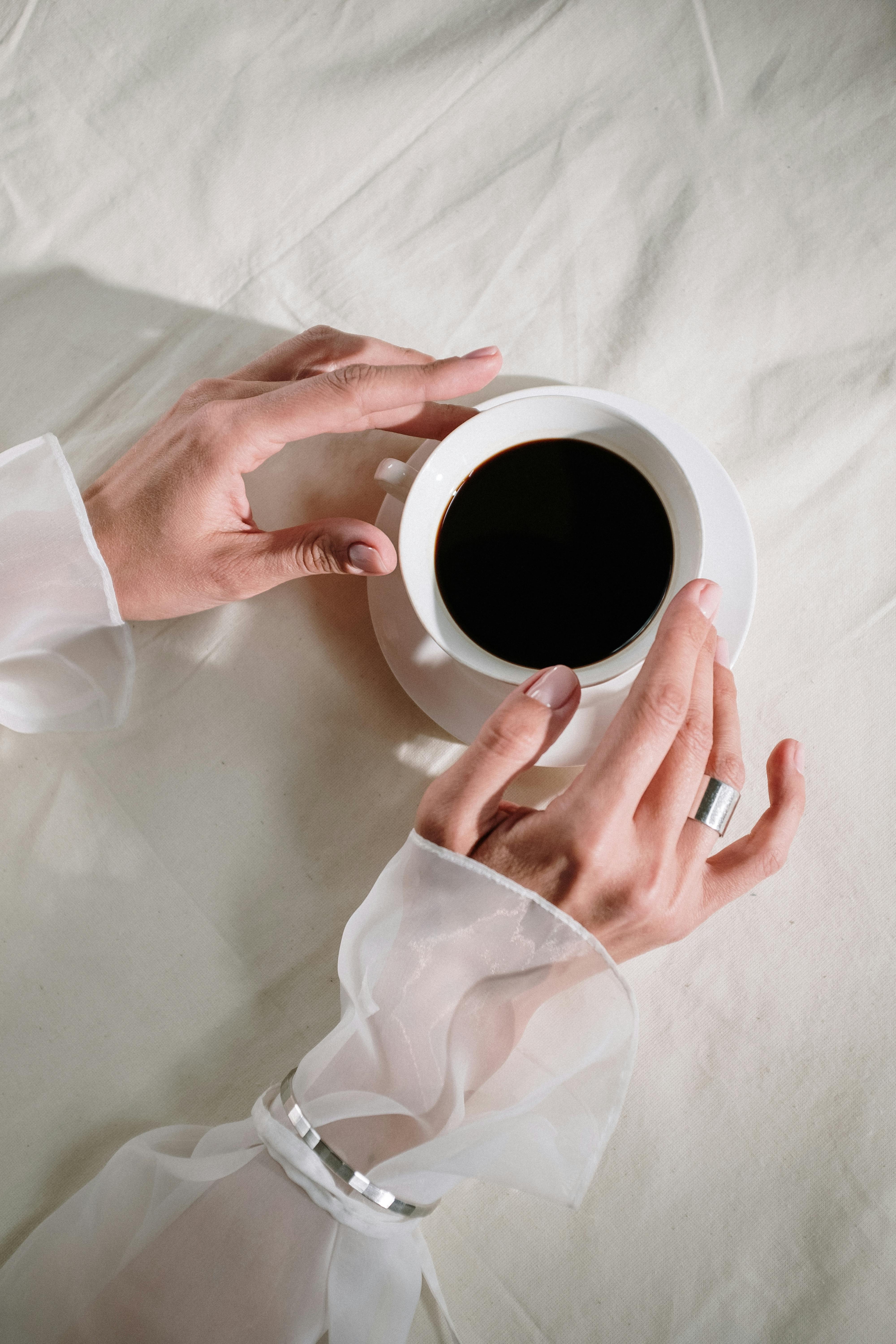
Essential Guide to Cooking Corn on the Cob in 2025
Corn on the cob remains one of the most delightful and versatile foods served at barbecues, family gatherings, and summer picnics. In this essential guide, we’ll explore how to perfectly cook corn on the cob, specifically focusing on baking it in the oven — an increasingly popular method in 2025. Whether you’re looking for a way to enhance the flavor or seeking easy recipes that your family will love, this guide covers everything you need to know, including corn cooking tips, baking time, and delicious toppings.
The benefits of choosing corn on the cob as a dish are numerous. It’s not only delicious but also packed with nutrients, making it a staple in many households. Moreover, its adaptability allows it to function as a side dish, a main component in a recipe, or even an appetizer. As we delve into this guide, you will discover the importance of cooking corn correctly to maximize its flavor, texture, and health benefits.
Be prepared as we break down the art of cooking corn in the oven, offer step-by-step methods, and discuss the best techniques to enhance its flavor. Everything from ideal temperatures and cooking durations to seasoning suggestions and presentation ideas will be covered. Let’s get started on enhancing your kitchen skills and impressing your guests with perfect oven-baked corn!
Choosing the Best Corn for Baking
Before diving into cooking techniques, it's crucial to start with the right corn. When it comes to selecting corn on the cob for baking, fresh, organic, and locally sourced varieties are often the best options.
How to Choose Corn for Baking
To choose the best corn, look for firm and plump kernels that are bright and yellow. The husks should be green and tightly wrapped around the cob. Avoid corn with brown or dry husks, which may indicate age or improper storage. Fresh corn is also essential as it significantly affects the taste of your baked corn.
Seasonal Corn Guides
Understanding the seasons can help you source the best corn. In the United States, corn is generally in season from late spring through early fall. Research your local markets for the freshest corn possible during these months. It’s also beneficial to consider varieties like sweet corn, which are naturally sweeter and more flavorful.
Popular Sweet Corn Varieties
When it comes to baking corn, certain sweet corn varieties stand out. Silver Queen and Golden Bantam are just two types known for their sweetness and texture. Knowing which types work best can elevate your dishes, making your corn-based meals more enjoyable.
The Essential Oven Corn Cooking Method
With the right corn selected, it's time to explore the oven cooking methods that will yield flavorful results. Roasting or baking corn can leave you with deliciously tender kernels while preserving their natural sweetness.
How to Bake Corn in the Oven
To bake corn in the oven, start by preheating it to 350°F (175°C). Remove the husks and silk completely, then wrap each cob in aluminum foil for an even cook. This method acts as a steamer, trapping moisture and preventing the corn from drying out. You can also brush them with melted butter and season them before wrapping, intensifying the flavor.
Corn on the Cob Baking Time
The cooking corn cob time will vary based on the size of the cobs and the oven temperature. On average, smaller cobs may take around 25 minutes, while larger ones might require up to 30-35 minutes. Always consider checking for doneness by piercing a kernel; it should be tender and juicy.
Common Mistakes Baking Corn
A common pitfall when baking corn on the cob is not preheating the oven. Ensuring your oven reaches the correct temperature is essential for even cooking. Another mistake is cooking for too long, which can lead to dried-out kernels. Always monitor cooking temperatures and adjust based on your specific oven.
Enhancing Flavor with Seasonings
A key element to making perfect oven corn is to enhance its flavor with the right seasonings. The aim should always be to complement the natural sweetness of the corn without overpowering it. Here’s how to elevate your baked corn on the cob experience.
Delicious Toppings for Corn on the Cob
One of the simplest ways to enhance baked corn is through toppings. Butter is a classic choice, yet don’t hesitate to explore options like garlic butter, cheese, or spice blends. For a refreshing twist, consider toppings like fresh herbs, lime juice, or even a sprinkle of chili powder.
Cooking Corn with Herbs and Spices
Herbs and spices are a fantastic way to elevate the flavor profile of your corn on the cob. Fresh herbs like cilantro, parsley, or chives can bring brightness, while spices like paprika or cayenne can add a hint of kick. Experiment with different combinations to find what delights your palate.
How to Season Corn on the Cob
To season corn effectively, it’s best to apply your seasonings directly while the corn is still hot. This allows the flavors to meld beautifully. Create a mixture of your favorite seasonings and sprinkle generously over the corn; always taste and adjust to your preference.
Cooking Time Guidelines for Corn
Understanding how long to cook corn on the cob in the oven is vital for tender and flavorful results. Different corn cooking times at various temperatures will yield different outcomes. Here's a concise guide to timing.
Corn Cooking Times at Different Temperatures
At 350°F, corn is typically done in about 25-30 minutes. If you decide to increase the oven temperature to 400°F, you may notice a reduction in time, cooking corn in approximately 20-25 minutes. The key is to monitor the kernels closely for consistency in doneness.
Timing Based on Corn Size
The size of your corn cobs will also impact the cooking duration. Smaller cobs may need less baking time, while larger, plump cobs may need a little longer. A reliable method is to check the texture by piercing the kernels at the midpoint of your cooking time to ensure you achieve the desired tenderness.
Baking Foiled Corn on the Cob
Another technique is to bake foiled corn on the cob using the same timing principles. Wrapping in foil keeps moisture in, allowing for a steaming effect that enhances flavor and texture. Just be mindful not to over-tighten the foil, as some steam needs to escape to prevent sogginess.

Common Corn Cooking Alternatives
While baking corn on the cob is delicious, there are many alternatives worth exploring for variety. Each method presents its unique advantages, contributing to the diverse palette of corn dishes you can create.
Oven vs Boiling Corn
Cooking corn via boiling versus baking presents different flavor experiences. Boiling often results in softer corn but may dilute some flavors. In contrast, baking enhances the natural sweetness and develops a distinct roasted flavor. Try both methods to discover which suits your taste more.
How to Oven Roast Corn
Oven roasting corn on the cob is a wonderful method to achieve caramelization, bringing out deeper flavors. Preheat your oven to a high temperature (around 425°F) for a shorter cooking duration, usually between 15-20 minutes, flipping the cobs midway for even roasting.
Steaming Corn on the Cob
Steaming is another fantastic alternative, preserving flavor while ensuring a tender texture. It can be done in a pot or a steamer basket over boiling water for 10-15 minutes. Steaming allows for easy seasoning afterward, enhancing the flavors further.
Final Tips for Perfect Corn on the Cob
Achieving perfect oven corn requires attention to detail, creativity, and a little practice. Here are some final expert recommendations to ensure your corn game is strong in 2025.
Kitchen Tips for Corn on the Cob
Always test for doneness around the minimum cooking time to avoid overcooking. Use a timer to help manage various kitchen tasks while your corn is baking. Additionally, opt for sustainable corn sourcing whenever possible, supporting local farmers and ensuring freshness.
Presentation Ideas for Baked Corn
How you present your baked corn can elevate its appeal. Consider serving it directly on the cob with toppings applied stylishly on a platter or in individual servings with a variety of dips. Adding a sprinkle of fresh herbs for color can enhance the visual appeal.
Corn Cooking Challenges and Troubleshooting
If you encounter issues such as dry corn or uneven cooking, consider adjusting your foil tightness or cooking duration. Use a thermometer to check internal corn temperature, ensuring it reaches around 165°F for optimal safety and taste.

Q&A: Common Corn Cooking Queries
In this section, we’ll address some frequently asked questions surrounding cooking corn on the cob, sharing practical solutions and insights.
How should I store cooked corn on the cob?
Cooked corn on the cob should be stored in an airtight container in the refrigerator for up to 5 days. For extended preservation, consider freezing the cobs after cooking. Just be sure to individually wrap them well!
What are the health benefits of corn?
Corn is high in fiber, assisting in digestion and healthy weight management. Additionally, it contains essential vitamins and minerals, contributing to overall health. Choosing organic corn can further enhance its nutritional profile.
How can I take care of common misconceptions about corn cooking?
Educate family and friends about the benefits of baking corn versus boiling or microwaving. Share your knowledge of the seasonal aspects of corn selection and cooking techniques to help elevate their culinary practices when it comes to corn!